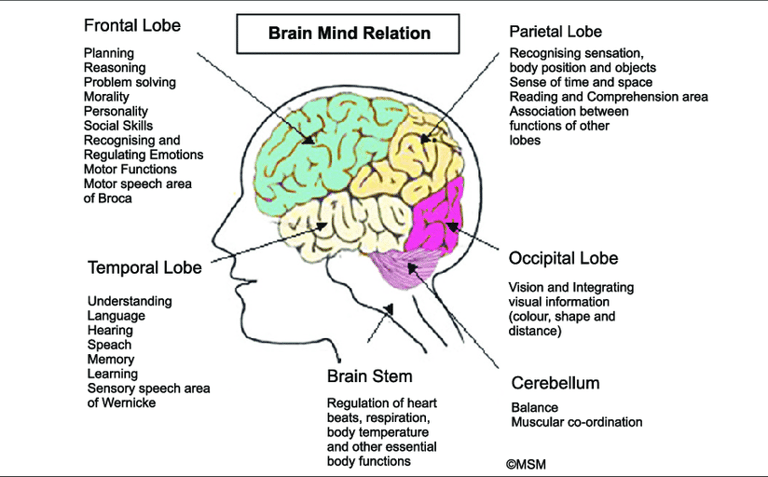Neuroscience Coaching
LIFE & CULTURE


Overview
Neuroscience coaching integrates principles from neuroscience—the study of the nervous system and brain function—into coaching practices to help clients optimize their mental, emotional, and behavioral states. This approach leverages scientific insights into how the brain works to develop strategies for personal growth, resilience, and performance enhancement.
Neuroscience coaching focuses on understanding how the brain influences emotions, behaviors, and thought patterns. Coaches use this knowledge to help clients become more aware of their brain's processes and how these affect their decisions, reactions, and overall life satisfaction. The ultimate goal is to facilitate change by rewiring neural pathways, promoting more positive and productive habits, and improving emotional regulation.
Parts of the Brain and Their Functions
Prefrontal Cortex: Located at the front of the brain, this region is responsible for executive functions such as decision-making, problem-solving, planning, and impulse control. It's crucial in regulating emotions and behavior.
Limbic System: Often referred to as the "emotional brain," this system includes structures like the amygdala (involved in processing emotions like fear and pleasure) and the hippocampus (crucial for memory formation). It plays a significant role in emotional regulation and response to stress.
Basal Ganglia: Involved in habit formation and routine behaviors. It plays a role in reward processing and motivation.
Cerebellum: While primarily involved in coordinating movement and balance, it also plays a role in cognitive functions like attention and language.
Brainstem: Controls basic life functions such as breathing, heart rate, and sleep-wake cycles.
Occipital Lobe: Processes visual information.
Parietal Lobe: Integrates sensory information from different parts of the body, spatial sense, and navigation.
Temporal Lobe: Involved in processing auditory information and is also important for memory and speech.
Emotions and Behaviors in Neuroscience Coaching
Fear and Anxiety: Often linked to the amygdala, which triggers a fight-or-flight response. Strategies to manage these emotions include mindfulness, cognitive-behavioral techniques, and breathing exercises.
Happiness and Motivation: Associated with the release of neurotransmitters like dopamine and serotonin. Coaches can help clients identify activities or thoughts that boost these "feel-good" chemicals.
Anger and Frustration: Can result from perceived threats or unmet needs. Techniques like reframing thoughts, practicing empathy, and stress management exercises can help mitigate these feelings.
Exercises and Techniques for Neuroscience Coaching
Mindfulness Meditation: Helps in reducing stress, improving emotional regulation, and enhancing attention by fostering greater awareness of the present moment.
Cognitive Reframing: Assists clients in changing negative thought patterns by identifying, challenging, and replacing them with more positive alternatives.
Visualization Techniques: Helps in goal-setting and motivation by visualizing success or desired outcomes.
Gratitude Journaling: Encourages positive emotions and shifts focus away from negative thinking by having clients regularly note things they are grateful for.
Goal Tracking Sheets: Structured templates where clients can outline their goals, track their progress, and reflect on challenges and successes.
Exercises and Goal Tracking
Here are some exercises and tools you can use with clients:
Mindfulness Meditation Guide: A step-by-step guide on how to practice mindfulness.
Cognitive Reframing Worksheet: Helps clients identify negative thoughts and reframe them positively.
Gratitude Journal Template: A simple template for daily or weekly gratitude journaling.
Goal Tracking Sheet: A detailed sheet where clients can write down their goals, action steps, and track their progress over time.